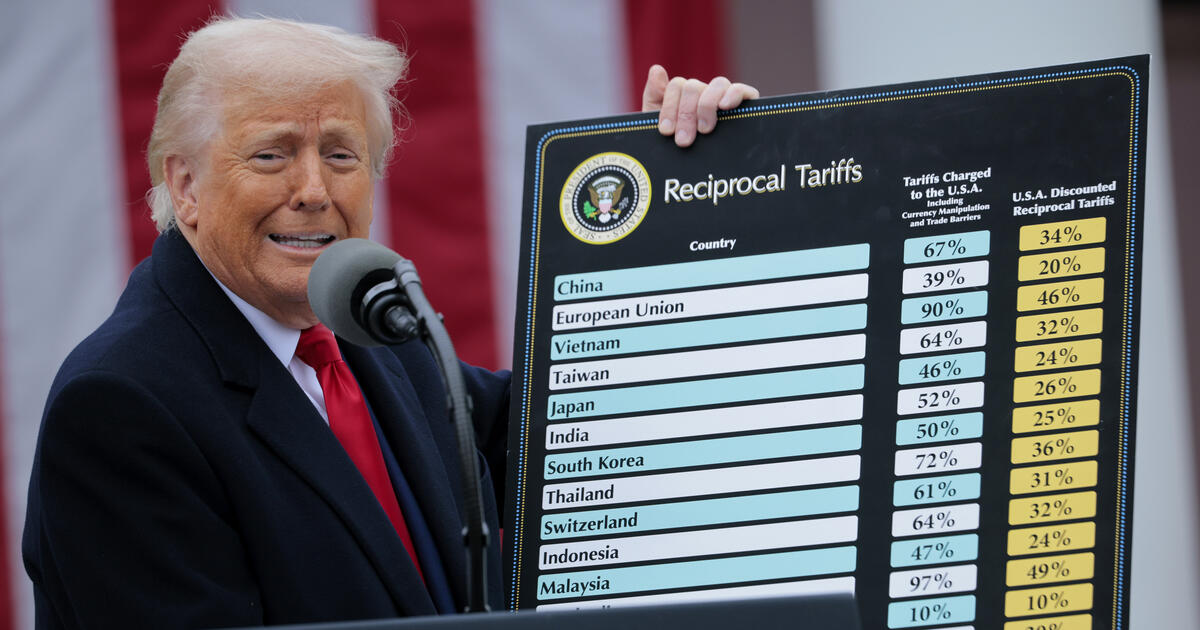Opinions
Will Trump Bring Manufacturing Back to the United States?
One of the stated goals of Trump’s tariff policy is to bring manufacturing jobs back to the United States. The number of jobs in these sectors has fallen from seventeen million to thirteen million over the last thirty years, even as overall manufacturing output has grown.
It’s far too early to tell whether tariffs will change this dynamic. Companies are now looking to get more out of the factories and facilities they already have, upping the use of existing production lines and workforces. Meanwhile, the hundreds of billions of dollars in new foreign direct investments that companies have pledged will take years to materialise and could depend on the investment climate.
Shifting supply chains can take months or years, depending on the industry. Textiles, for example, tend to move faster due to fewer suppliers, shorter seasonal contracts, and less regulation. In contrast, autos are among the slowest to shift, as all of the “Big Three” American carmakers (Ford, General Motors, and Chrysler) have locked-in contracts with parts and component makers through 2028. Aerospace and pharmaceuticals can take years to open new factories due to intricate regulatory procedures and approvals, given safety concerns.
Blanket tariffs may inadvertently slow reshoring and job creation in the United States. To set up new factories and facilities, companies need steel, aluminium, machinery, and other components, many of which today come from abroad. Economy-wide tariffs layer additional costs on the uncertainty of moving operations.
Labour shortages add to the challenge. The United States is near full employment, and restrictive immigration policies mean fewer workers are waiting in the wings. Adding more factory jobs would mean pulling employees away from other sectors, and this will be harder than it seems. A survey from Deloitte and the Manufacturing Institute finds that Americans rank manufacturing jobs fifth out of seven industry career choices, preferring technology, healthcare, energy and other fields.
In the longer term, increasing American manufacturing jobs will likely depend on how connected to and competitive U.S.-made products are in global markets. While U.S. consumers are among the world’s wealthiest, they represent just 266 million of the 4 billion people in the global consumer class—those who spend at least $12 per day. If tariffs price American-made goods out of international markets, manufacturing jobs could shrink instead of grow over time.
In the end, bolstering trade will determine whether U.S. manufacturing jobs thrive. And most important for the future of U.S. manufacturing is the U.S.-Mexico-Canada Agreement (USMCA), as deeply embedded North American production enables the economies of scale and specialisation to make high-quality and affordable goods, and it gives U.S. suppliers access to more global customers than they have on their own.
The author Shannon K. O’Neil, Senior Vice President, Director of Studies, and Maurice R. Greenberg Chair at the Council on Foreign Relations
Comments



























